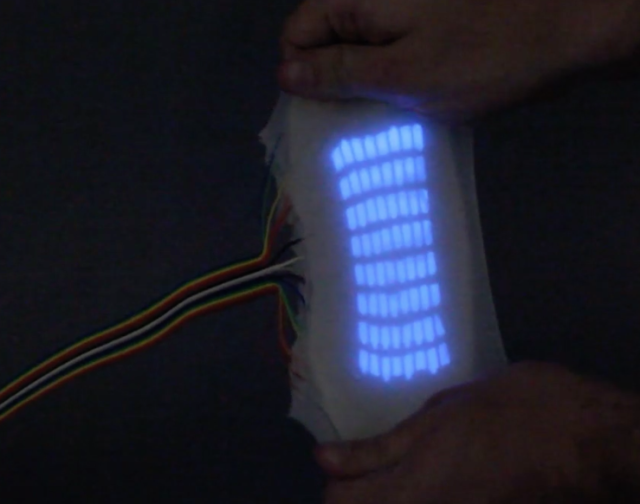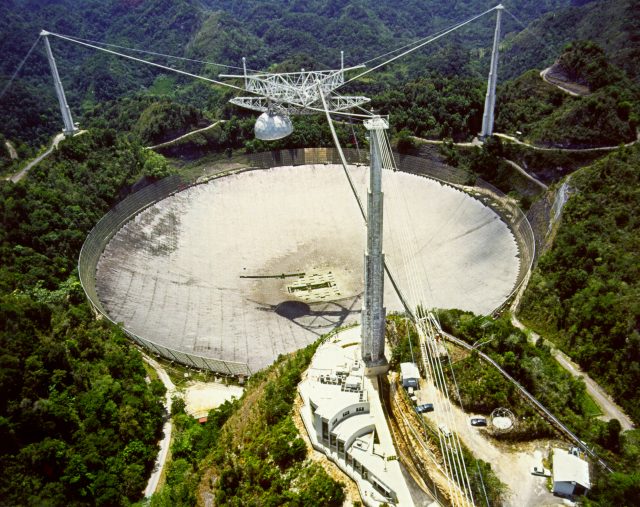
Last night's debate near Miami, Florida. (credit: Joe Raedle / Getty Images)
Earlier this year, a group of Florida mayors that are dealing with problems caused by sea level rise sent a letter to the Republican presidential candidates that hailed from the same state. "We call on you to acknowledge the reality and urgency of climate change," the letter said. But Jeb Bush and Marco Rubio, both of whom have been ambiguous at best about that reality, ignored the letter.
With Bush since departing the race, it was left to Marco Rubio to field that request at last night's Republican debate in Florida. "Senator Rubio, the Miami mayor has endorsed you," moderator Jake Tapper noted. "Will you honor his request for a pledge and acknowledge the reality of the scientific consensus of climate change and pledge to do something about it?"
Rubio's response distilled down to "no," but he made a complete hash of its details.







